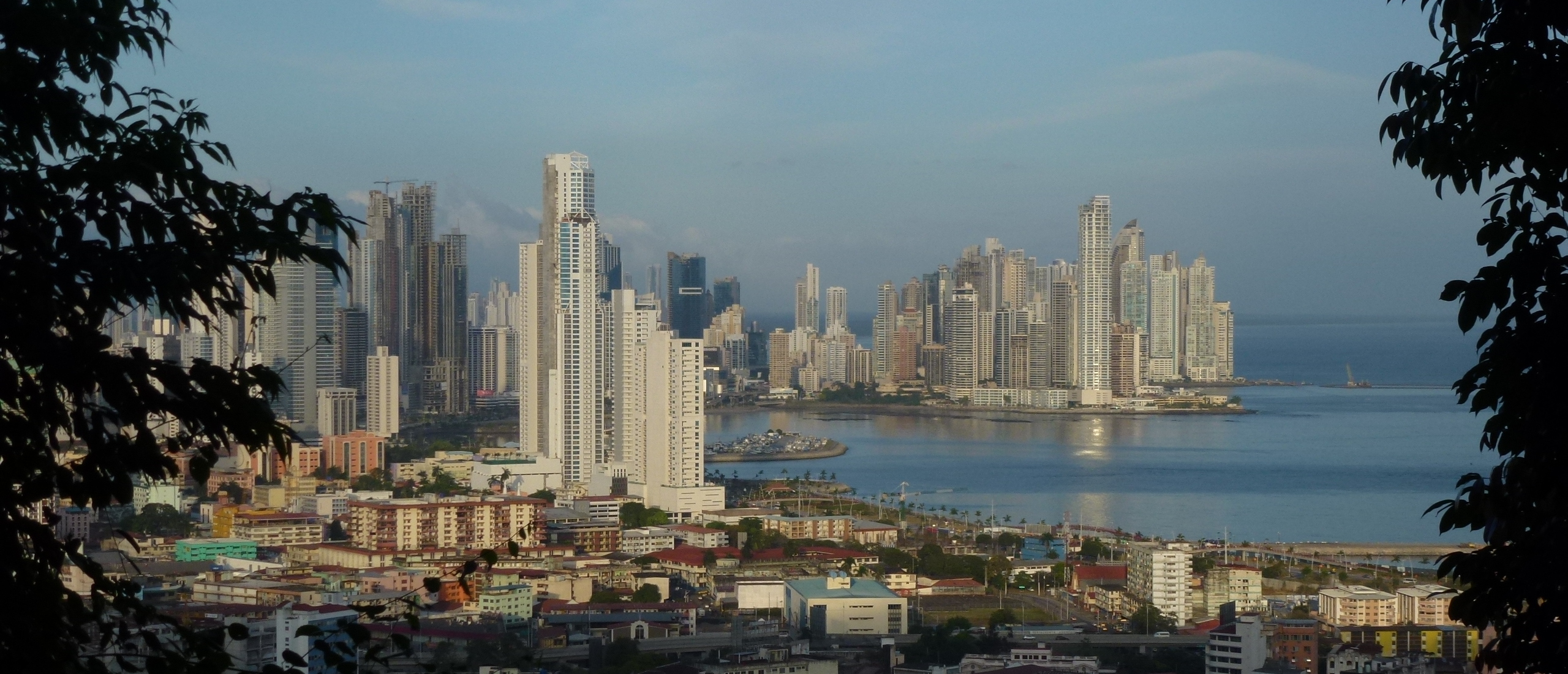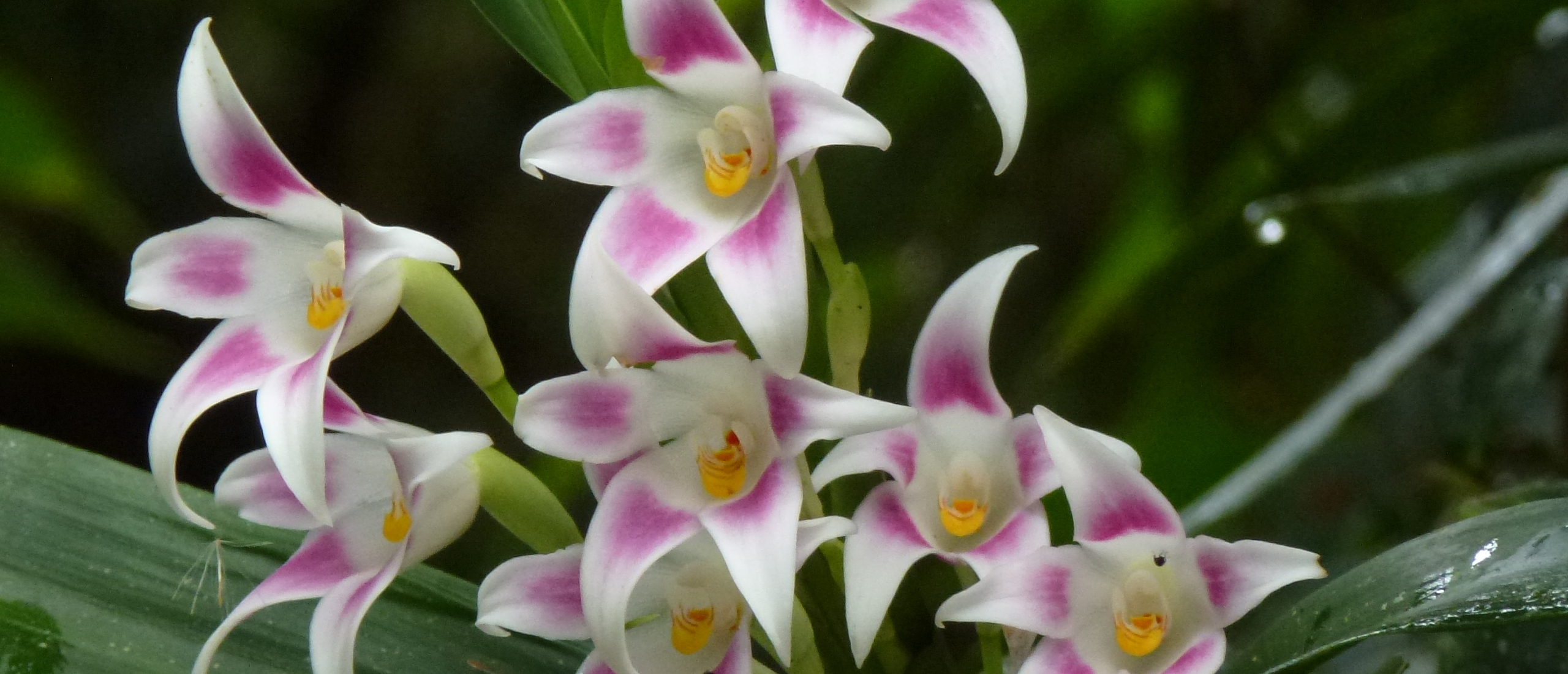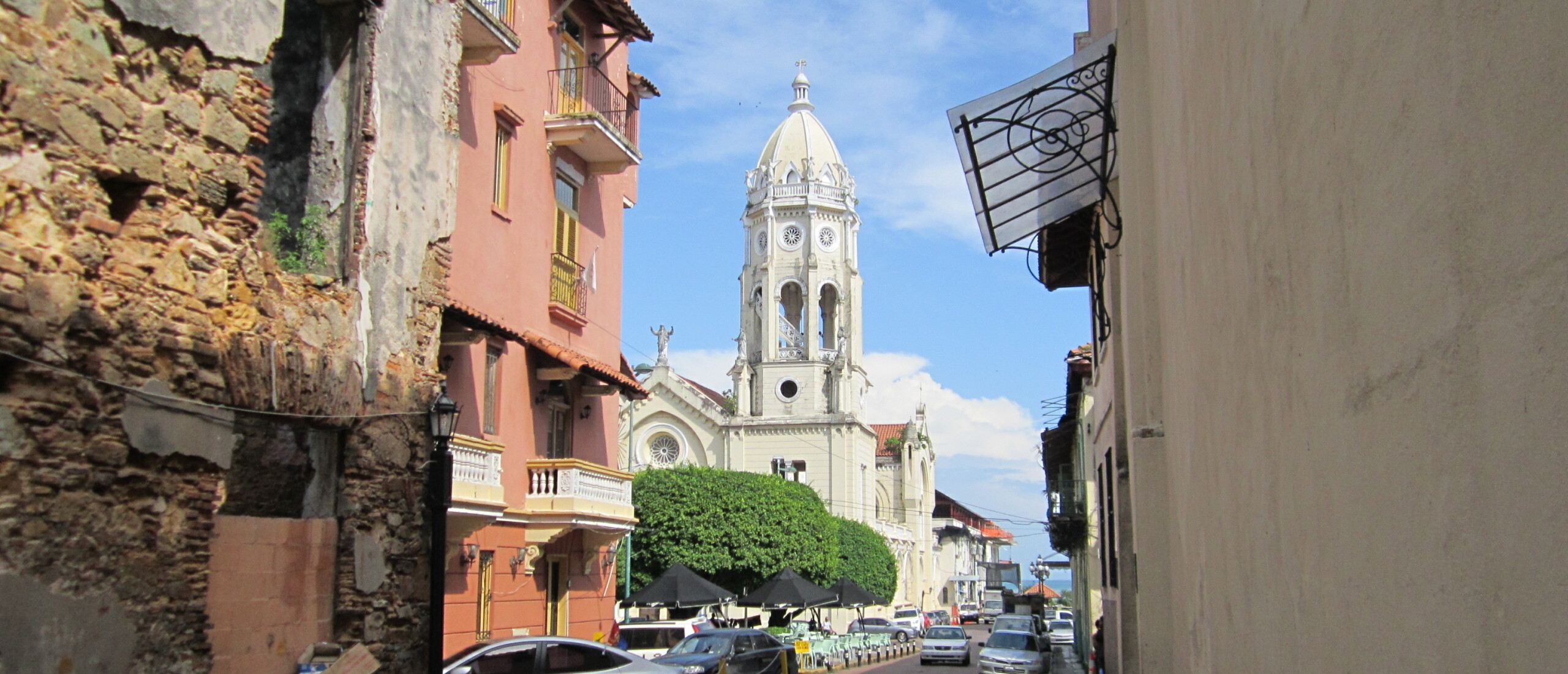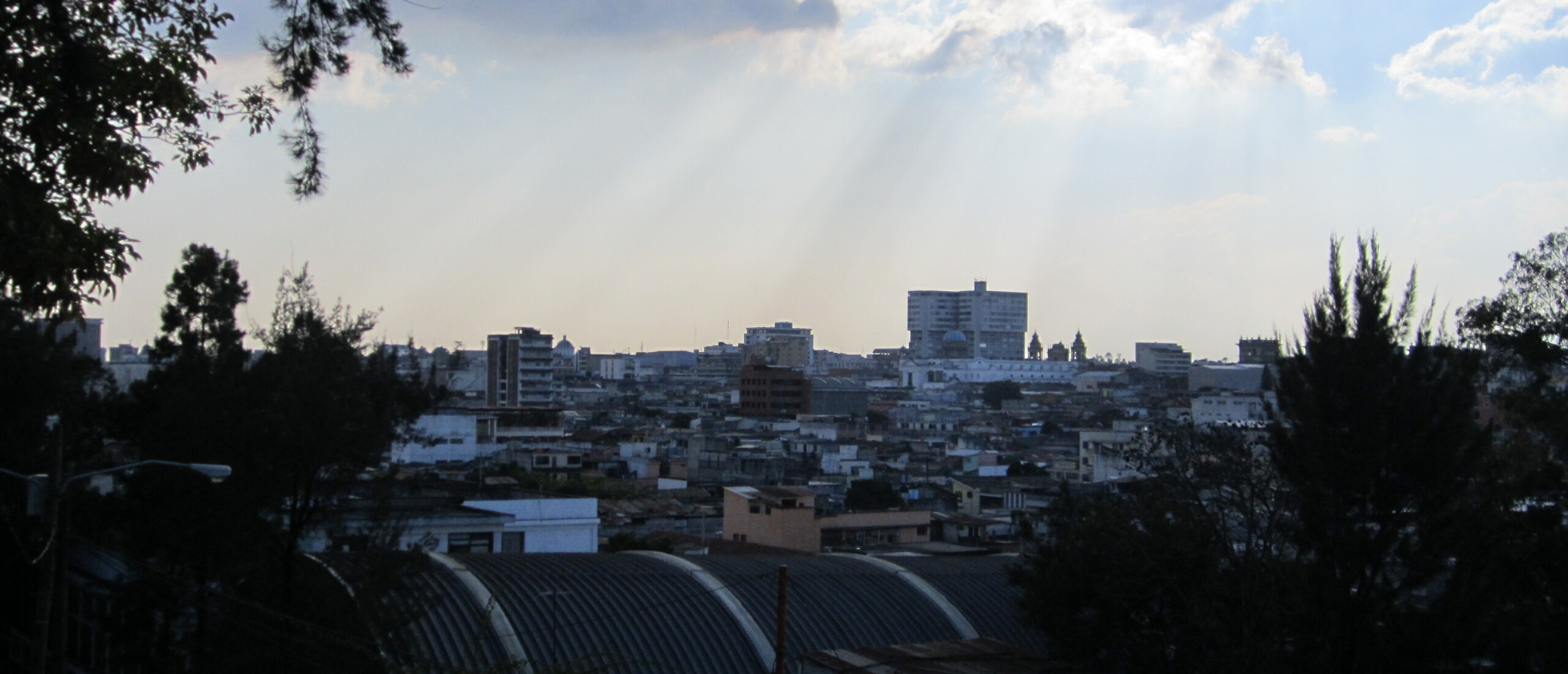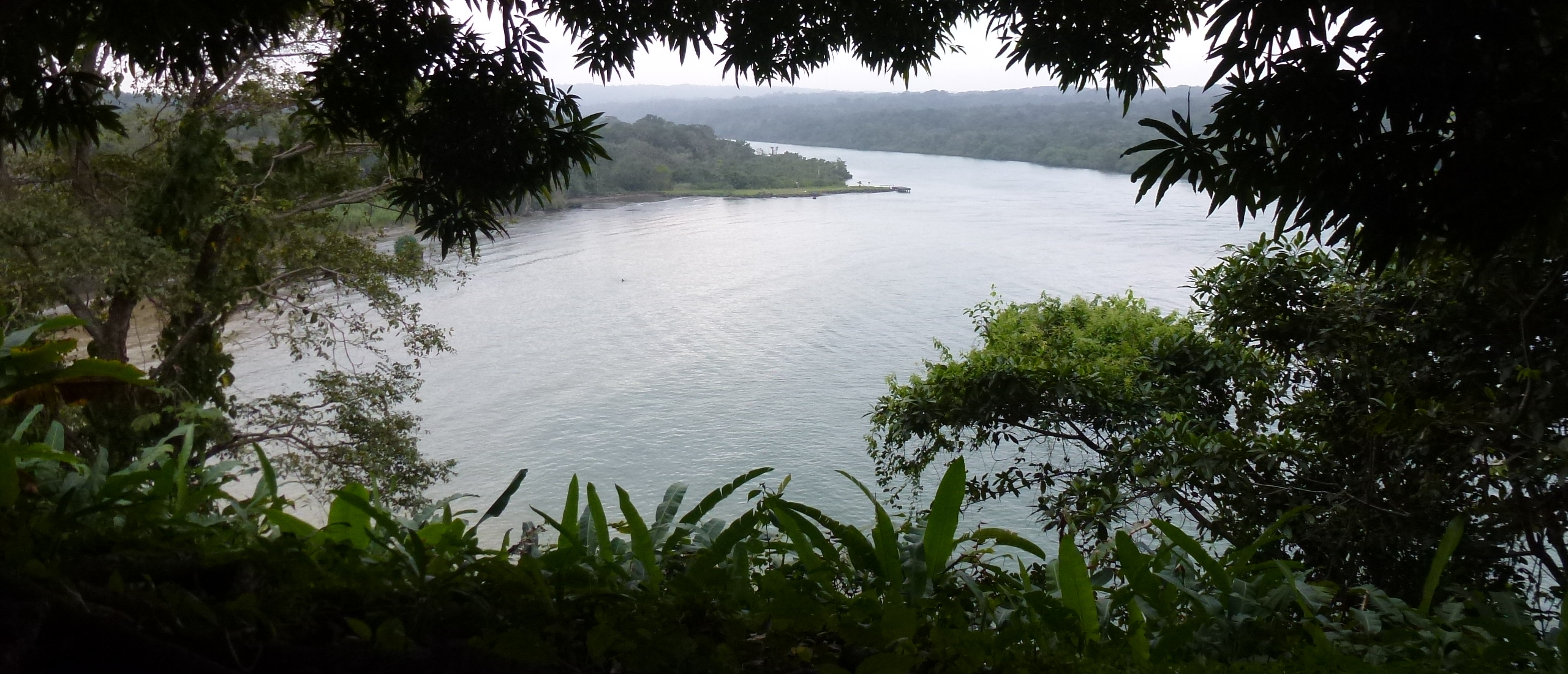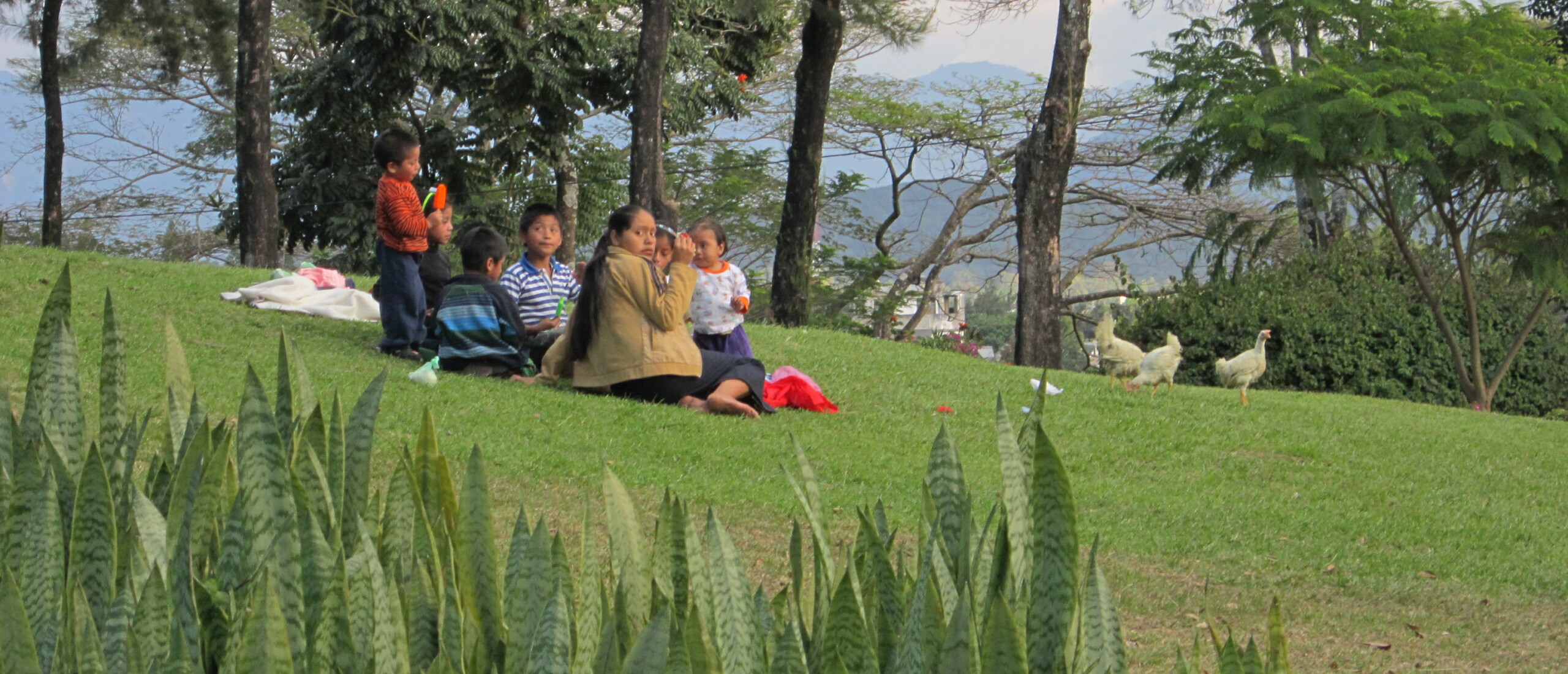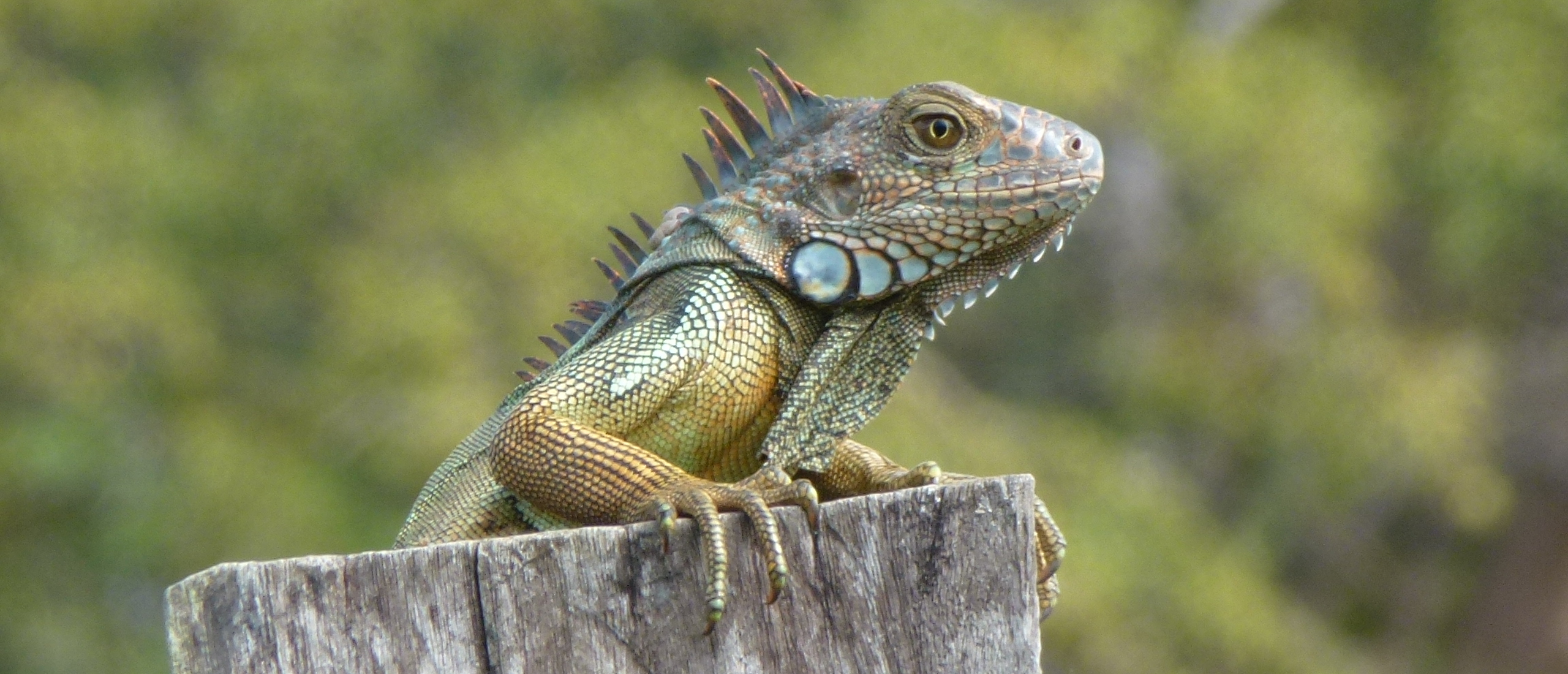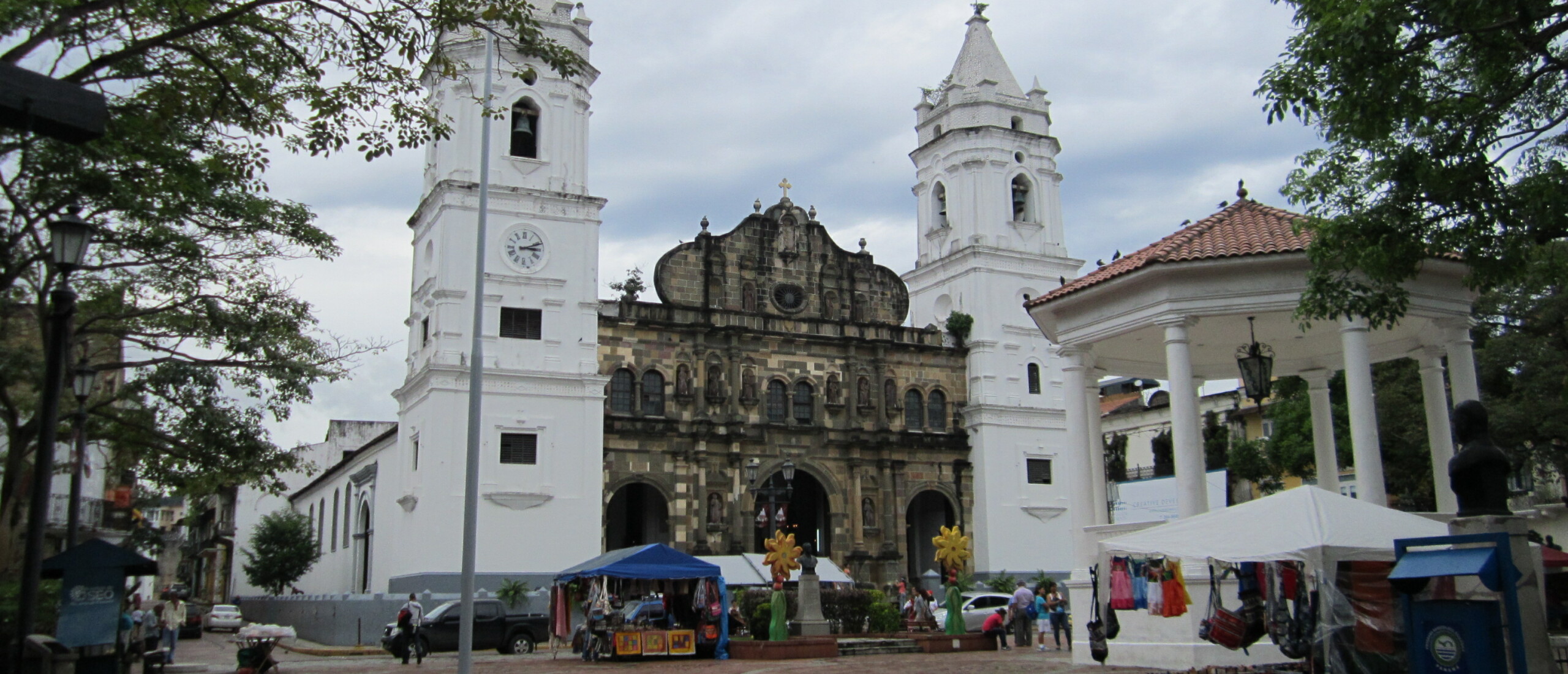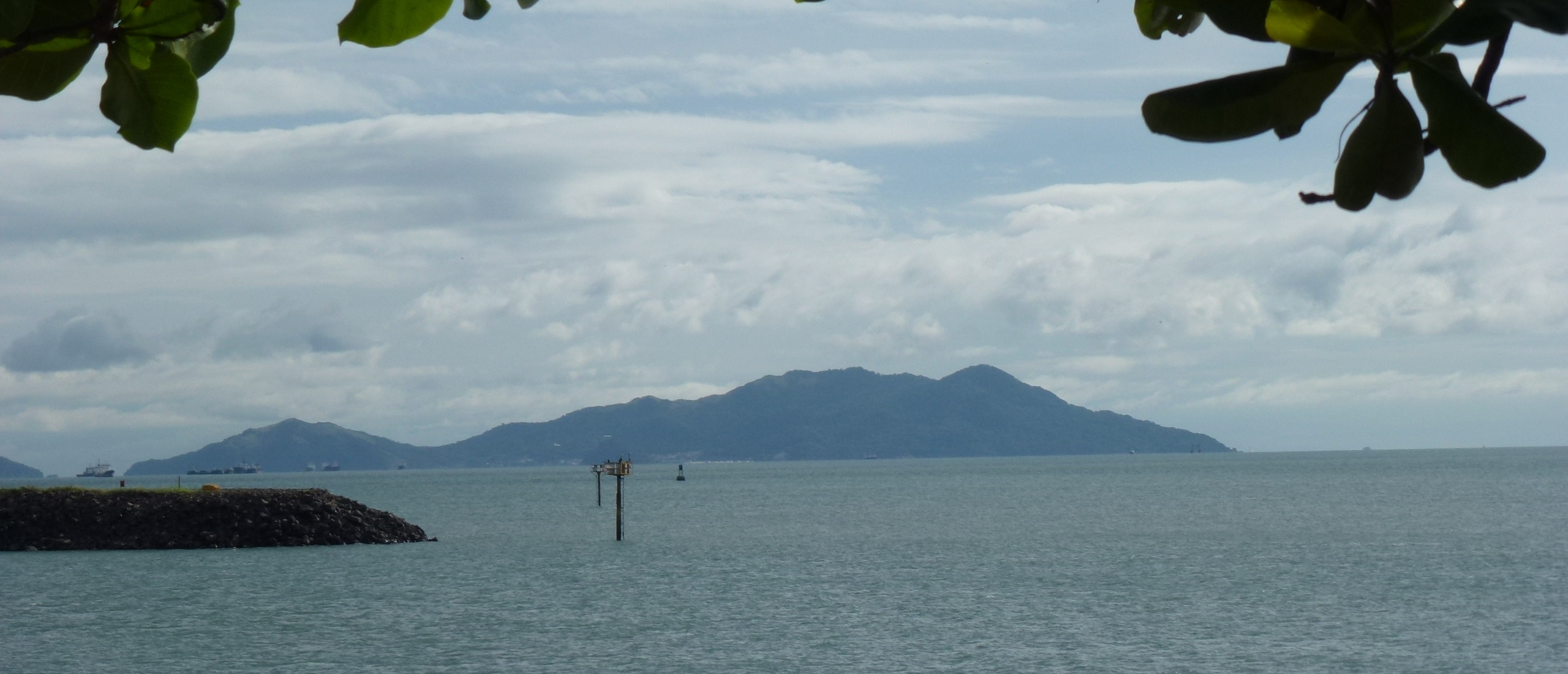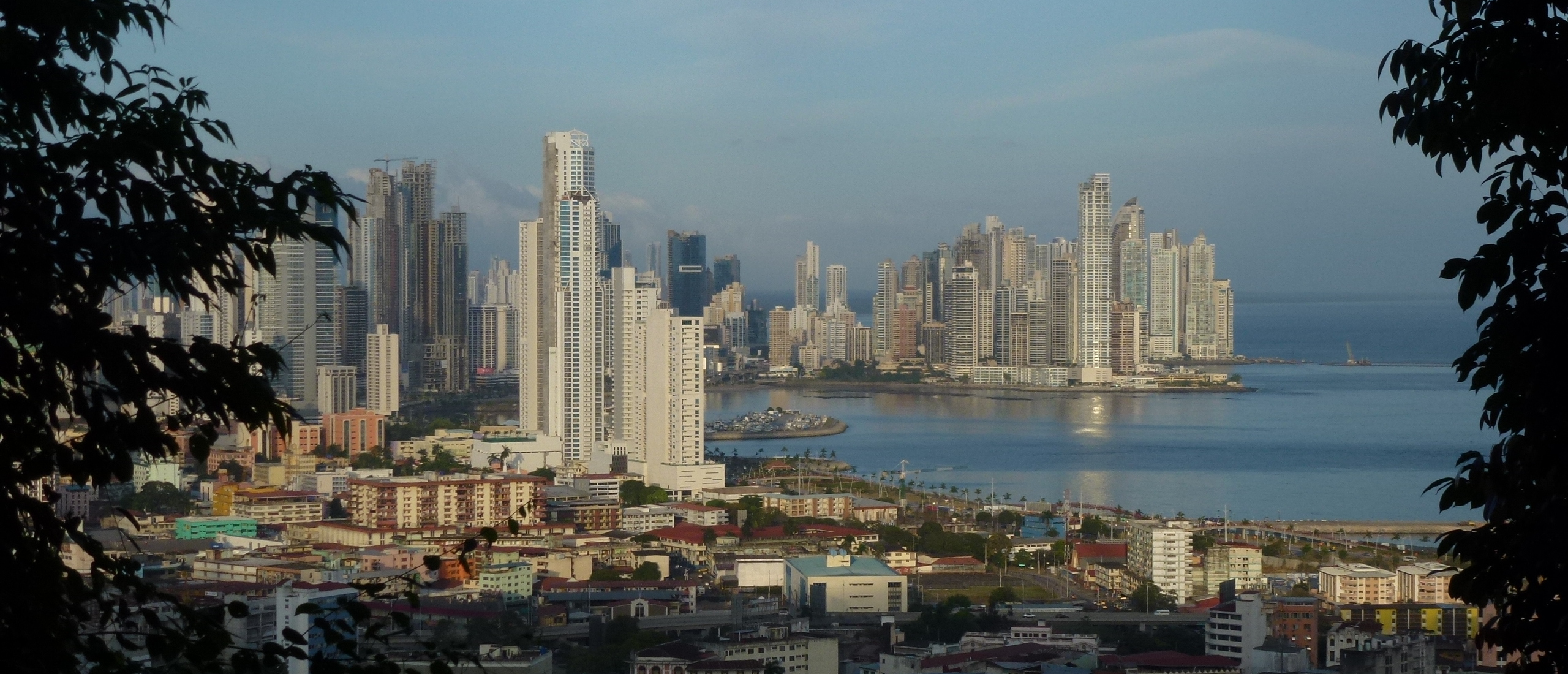
Last post from Panama – the end, and perhaps a new beginning?? Following our night in Penonomé on the way back from Chiriquí to the capital, I awoke in the dawn to a monotonous “hoo hoo hoo” call – unmistakably a Ferruginous Pygmy Owl. I quickly pulled on some outdoor clothes and crept out into the street, where I was immediately able to pinpoint the sound, which was coming from some small trees at the end. Unfortunately, however, as I attempted to quietly approach in the hope of seeing the bird, suddenly a small dog leapt up from its guard position in front of the last house, and it began to bark like fury, thereby setting off all the other dogs in the neighbourhood, the owl shut up and all hope of a new bird on my Panama list subsided! From Penonomé, we took the Interamerican Highway again for the last 100 kms or so to the capital, where we returned the Fiat Panda to Albrook Airport (getting lost in the process!), although in fact we then had to drive on to the main office of the agency in the city in order to finalise the paperwork – luckily Luisa, the girl from the agency, accompanied us as I would NEVER have found my way! Then one of the other staff members drove us, in the Panda, which I had driven so carefully for the past three weeks, like a raving lunatic to our hotel on the slopes of the Cerro Ancón, La Estancia, where we had stayed before Christmas. I wonder what some people here take that makes them drive so ridiculously fast and recklessly, or maybe it’s just in the blood! That evening we were invited to an excellent soirée at the house of our Smithsonian Tropical Research Institute (STRI) coleopterist friend Donald Windsor, where we were introduced to his girlfriend Katja (? spelling!) and Hector Barrios, another beetle specialist who is extremely familiar with my great grandfather’s work – he was even able to quote passages and details from GCC’s itinerary, which I found most impressive and touching. Hector has visited many museums around Europe where Champion specimens are housed, including in Stockholm, Berlin and Dresden (these miraculously survived both world wars), Paris and several others. We were later joined by Annette Aiello, also of STRI, and it was a great pleasure to chat with these enthusiasts of GCC’s work, sitting on Donald’s terrace, virtually surrounded by the “jungle” he has created in his back garden. The only sad point was that Stanley Heckadon, whom we had also hoped to see again before leaving, was away - in Chiriquí! Our sincerest thanks go to Donald and Katja. The following morning, Saturday 7th, we took a taxi out to the Parque Metropolitano, that amazing tract of unspoilt forest within the city, and we hiked the two trails that I had not managed to do on my previous visit, before I got totally drenched in a dramatic rainstorm! It was incredibly hot and steamy in the forest, but we did manage to add a few new birds to the list, bringing my Panama total to around 265 species – not that bad considering the fact that I am not familiar with the calls of most of the birds, an invaluable aid when birding in thick tropical forest.
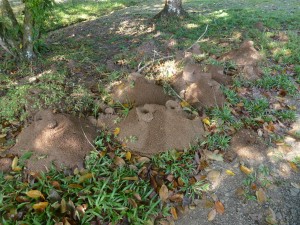 Enormous anthills at the Parque Metropolitano - almost like the volcanoes in Guatemala!
Enormous anthills at the Parque Metropolitano - almost like the volcanoes in Guatemala!
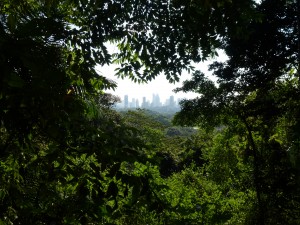 The city skyline from the park
The city skyline from the park
The afternoon was spent driving to the airport as Hélène had to leave on the KLM flight to Amsterdam – amazingly, the taxi driver, who was originally from Chiriquí himself, had a great grandfather who settled there from Spain and established several fincas, as well as running livestock boats transporting cattle and other animals to the capital – that boat which GCC had to share with the pigs may well have belonged to this very man! After this I climbed the Cerro Ancón for one last nostalgic climb, admiring the splendid views of the city on one side and the canal on the other.
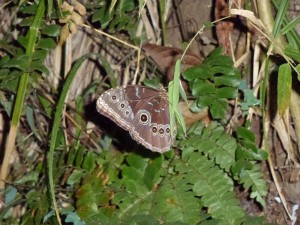 Morpho helenor - sadly only the underside
Morpho helenor - sadly only the underside
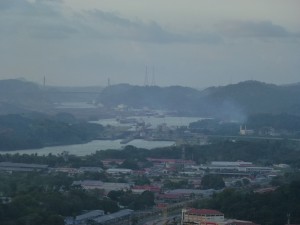 Miraflores Locks on the Panama Canal, seen from Cerro Ancon
Miraflores Locks on the Panama Canal, seen from Cerro Ancon
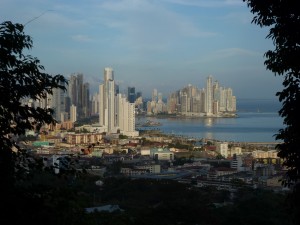 Panama City from the Cerro Ancon
Panama City from the Cerro Ancon
[/caption] And so ends my time in Panama. Although this visit has not been long enough to allow me to fully investigate all of the locations where my great grandfather did his collecting, a great start has been made, with almost all of the locations having been found at least on the map. The next step would be to visit all of these spots with the aim of interviewing older residents who may know of the exact locations where he stayed, and an analysis of the descriptions of his daily movements should be carried out, followed by an examination of the current state of the habitats then compared with that of today. Donald Windsor, Hector Barrios and Lukas Sekerka have been trying to relocate all the species of certain beetle groups recorded by GCC, and they are still missing a significant number. Perhaps, with the new knowledge of these locations that I have found during this short visit, they may be able to achieve that goal.
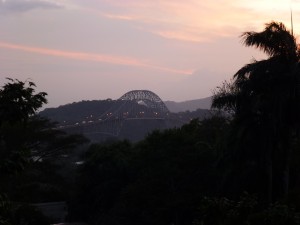 The Puente de las Americas, crossing the Panama Canal, in the sunset
The Puente de las Americas, crossing the Panama Canal, in the sunset


